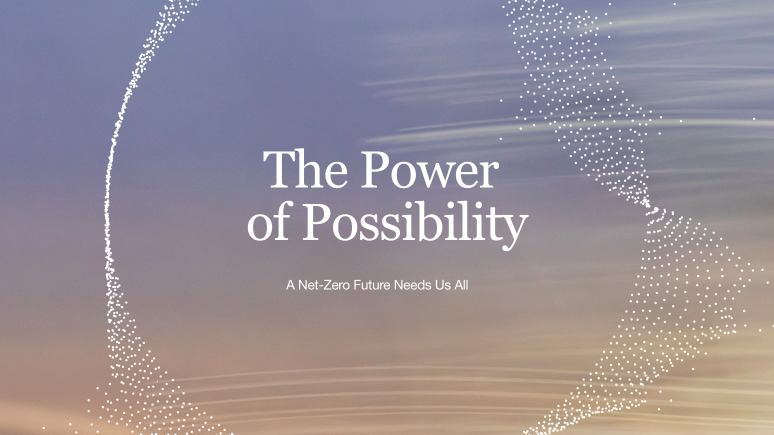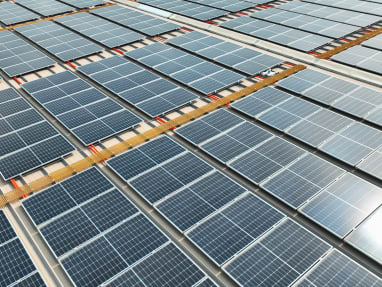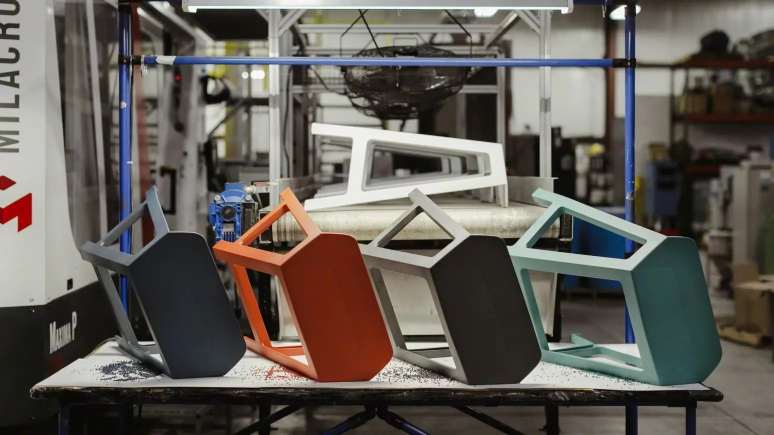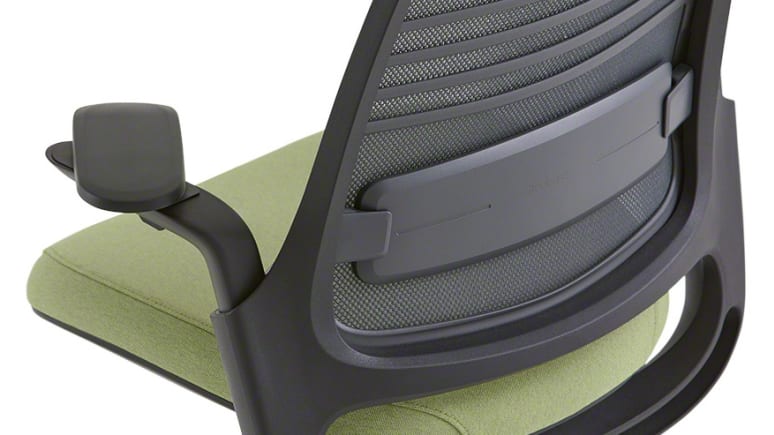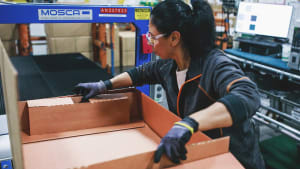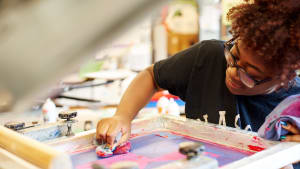Our commitment to a net-zero future cuts carbon emissions over 90% by 2050. We are already on track to reduce emissions 50% in our operations by 2030.
Our Path to Net Zero
To address the realities of climate change, we are committing to a net-zero future. Our aspiration is to transform the way we do business through what we make, how we make it and the ways we deliver it. We are on a path to cut carbon emissions over 90% by 2050 across our entire value chain.
Our Commitments to Reduce Embodied Carbon
Rapidly reduce emissions from our operations
Our goals are validated through the Science-Based Targets initiative (SBTi), the leading authority that tells us how much and how quickly we need to reduce emissions to prevent the worst effects of climate change.
- By 2030, we commit to reduce our owned direct and indirect emissions (scopes 1 + 2) by 50% as well as reduce our indirect emissions from waste generated in our operations, business travel, and fuel- and energy-related activities (scope 3) by 28%.
- By 2050, we commit to reduce our absolute scope 1, 2 and 3 carbon emissions by over 90%, and address any residual emissions through carbon removal solutions.

Help suppliers set industry-leading reduction targets
- We deeply engage with our suppliers to publicly disclose emissions and set their own science-based targets by 2025.
- We’ve been recognized with an “A” on CDP’s Supplier Engagement Leaderboard for four consecutive years – the only company in the furniture industry to do so – for taking action to measure and reduce climate risk within our supply chain.
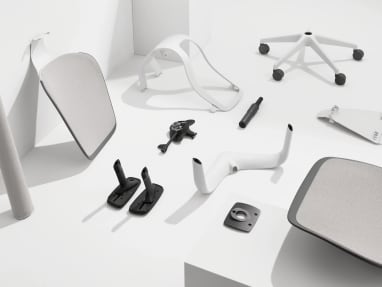
Design products for the long-term by using less
- We are transparent about the choices we make to reduce embodied carbon while maintaining quality and keeping our products out of landfills.
- Our aim is to make it easier for people to recycle our products and our packaging by designing for circularity.
Our Guiding Principles
Climate science is the foundation of our carbon commitments. And the science is clear: to avoid the worst impacts of climate change, we must limit global temperature rise to 1.5°C by halving global emissions by 2030 and reaching net-zero by 2050. That’s why we chose to set science-based targets validated by the Science Based Targets initiative, which means that we are committed to reducing our emissions in line with this 1.5°C pathway, the most ambitious objective of the Paris Agreement.
Still, we know that addressing climate change requires collective action. This is why we partner with our suppliers on this work. We also know that voluntary corporate actions like ours and those of our suppliers must be supported by Paris-aligned policies around the world. Thus, we strive to use our commitments and corporate voice to send a clear signal to governments on the importance of their decisive action and to advocate for an array of issues that are critical not only to the success of our own goals but to the broader global net-zero transition.
Our Net-Zero Future
Steelcase is committed to a net-zero future. We were the first in our industry to set science-based targets and are on the path to achieving our near-term target of 50% emissions reductions in our operations by 2030. In 2020, we became the first in our industry to become operationally carbon neutral when we committed to annually finance verified carbon offset projects and purchase 100% renewable energy equivalent to our scope 1 and 2 emissions, respectively.
Now, we are advancing our commitments by targeting to eliminate over 90% of our carbon emissions across our value chain by 2050. We plan to make real and sustained emissions reductions in our products, operations and transportation as the core of our net-zero commitment. Working with our customers, dealers, suppliers, employees and other stakeholders, we can make a difference at a greater global scale than any one of us alone. We plan to counterbalance any residual emissions at the end of our target period through solutions that remove carbon from the atmosphere and permanently store it.
Reach Your Sustainability Goals with Certified CarbonNeutral® Products
While we work to reduce the embodied carbon of our products through our science-based targets and complementary sustainability commitments, today we offer a collection of solutions with CarbonNeutral® product certification.
We started by certifying one of our most popular work chairs, Steelcase Series™ 1. Now we’ve expanded our CarbonNeutral® product certification option to our best work chairs and height-adjustable desks - the result is leading the way for our industry with cradle-to-grave CarbonNeutral® products. The same chairs, ergonomics, and quality you expect from Steelcase, now with less impact on the planet to help you achieve your sustainability goals.
Scope 1 emissions: Direct emissions that result from owned and controlled activities and where the emissions are generated at the location where consumption takes place. Examples: natural gas used to heat Steelcase manufacturing buildings and large offices, diesel fuel for generators, etc.
Scope 2 emissions: Indirect emissions that come from the production of the electricity used for owned and controlled activities, but where the emissions occur at the site of generation. Examples: electric power generated by power plants to support manufacturing equipment, lighting and other needs of Steelcase owned and operated assets.
Scope 3 emissions: All other indirect emissions that come from supporting activities of the company, but occur from sources not owned or controlled by Steelcase. Examples: purchased goods and services, business travel and employee commuting, transportation of product to customers, manufacturing waste, etc.
Embodied carbon: Embodied carbon refers to the carbon emissions arising during the complete cradle-to-grave lifecycle of a given product, including raw material sourcing, manufacturing, transportation, maintenance, and end-of-life.


